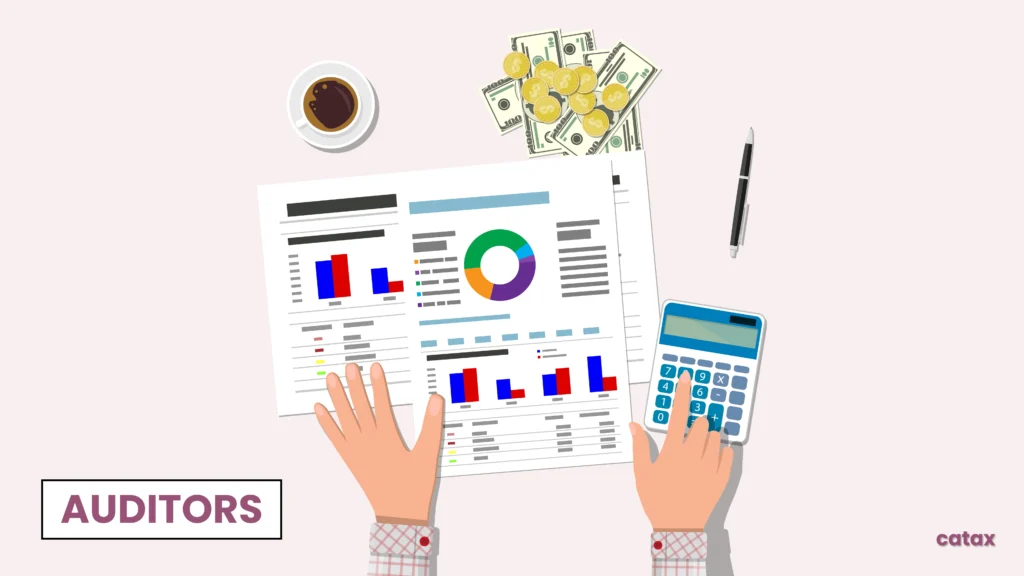Quick Start Guide for Auditors
As an auditor delving into the world of cryptocurrency, it’s essential to navigate the complexities of this emerging field with precision. Here’s a Quick Start Guide to help you efficiently collect, review, and audit cryptocurrency transactions in compliance with local guidelines, along with the use of online crypto tax software and note-taking:
1. Collecting Transactions and Building Books:
a. Gather Transaction Data: Begin by collecting detailed transaction data from the entity you are auditing. This includes records of all cryptocurrency transactions, wallets used, and associated documentation.
b. Establish the Bookkeeping Process: Create a systematic process for organizing and categorizing cryptocurrency transactions. Ensure proper reconciliation between records, wallet addresses, and timestamps.
c. Verify Ownership and Control: Confirm the entity’s ownership and control over the cryptocurrency assets by examining wallet access and ownership records.
2. Reviewing Cost Basis and Other Price Methods:
a. Calculate Cost Basis: Determine the cost basis for each cryptocurrency asset, considering the acquisition cost, fees, and any other relevant expenses. Familiarize yourself with various methods (FIFO, LIFO, specific identification) for calculating cost basis.
b. Evaluate Price Methods: Review the entity’s chosen price method for valuing cryptocurrency holdings, such as spot prices, weighted averages, or market prices at specific timestamps. Ensure consistency in the application of the chosen method.
3. Auditing as per Local Country Guidelines:
a. Understand Regulatory Framework: Gain a comprehensive understanding of cryptocurrency regulations and tax guidelines specific to the country in which you are conducting the audit. Regulations can vary significantly between jurisdictions.
b. Conduct Compliance Audit: Ensure that the entity has complied with all relevant tax and regulatory requirements pertaining to cryptocurrency transactions. This includes reporting income, capital gains, and any other obligations as per local guidelines.
c. Document Audit Findings: Maintain thorough documentation of your audit process, including any discrepancies or non-compliance issues identified. This documentation is critical for audit trails and potential legal requirements.
4. Using Online Crypto Tax Software to Help with Auditing:
a. Select a Reliable Crypto Tax Software: Choose reputable online crypto tax software that supports audit and compliance functions. Platforms like CoinTracker, ZenLedger, or others offer features to assist auditors in cryptocurrency audits.
b. Import Transaction Data: Utilize the software to import and organize transaction data. Ensure that it accurately categorizes transactions, calculates gains/losses, and generates relevant reports.
c. Cross-Check with Manual Records: While software can expedite the process, cross-check its results with your manually maintained records to verify accuracy.
5. Making Notes:
a. Take Detailed Notes: Throughout the auditing process, maintain detailed notes of your findings, observations, and any potential issues or areas of concern. Clear and organized notes are essential for reporting and communication.
b. Document Recommendations: If you identify areas where the entity can improve its cryptocurrency accounting or compliance practices, document recommendations for their consideration.
c. Summarize Audit Results: Prepare a concise summary of your audit results, highlighting compliance or non-compliance issues, discrepancies, and any actions required for rectification.

